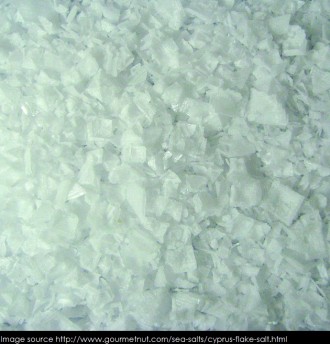CHEMISTRY Wow! That was pretty insane, huh? Did your salt look like this? I’m really, really proud of you and the way you were able to apply what you learned in the last chapter about mixtures and physical means of separation!
It’s a good thing to be able to follow a set of directions, but an absolutely TREMENDOUS thing to be able to figure out how to solve a problem on your own! That’s a difficult thing to learn how to do, and you are doing a great job developing that skill. Any questions about writing up the lab report for TOMORROW? Use the Lab Report manuscript form you can find here under the chemistry labs tab, or on Edline. Remember, some of you definitely need to elaborate on your procedure!
Also, you must include the data table that is on the original lab sheets, and then include your own observations of each step you did after the data table. And then, after you write your own conclusion, don’t forget to answer all of the questions at the end of the lab sheets. The answers to those questions will go after your own conclusion.

Image source http://www.gourmetnut.com/sea-salts/cyprus-flake-salt.html
